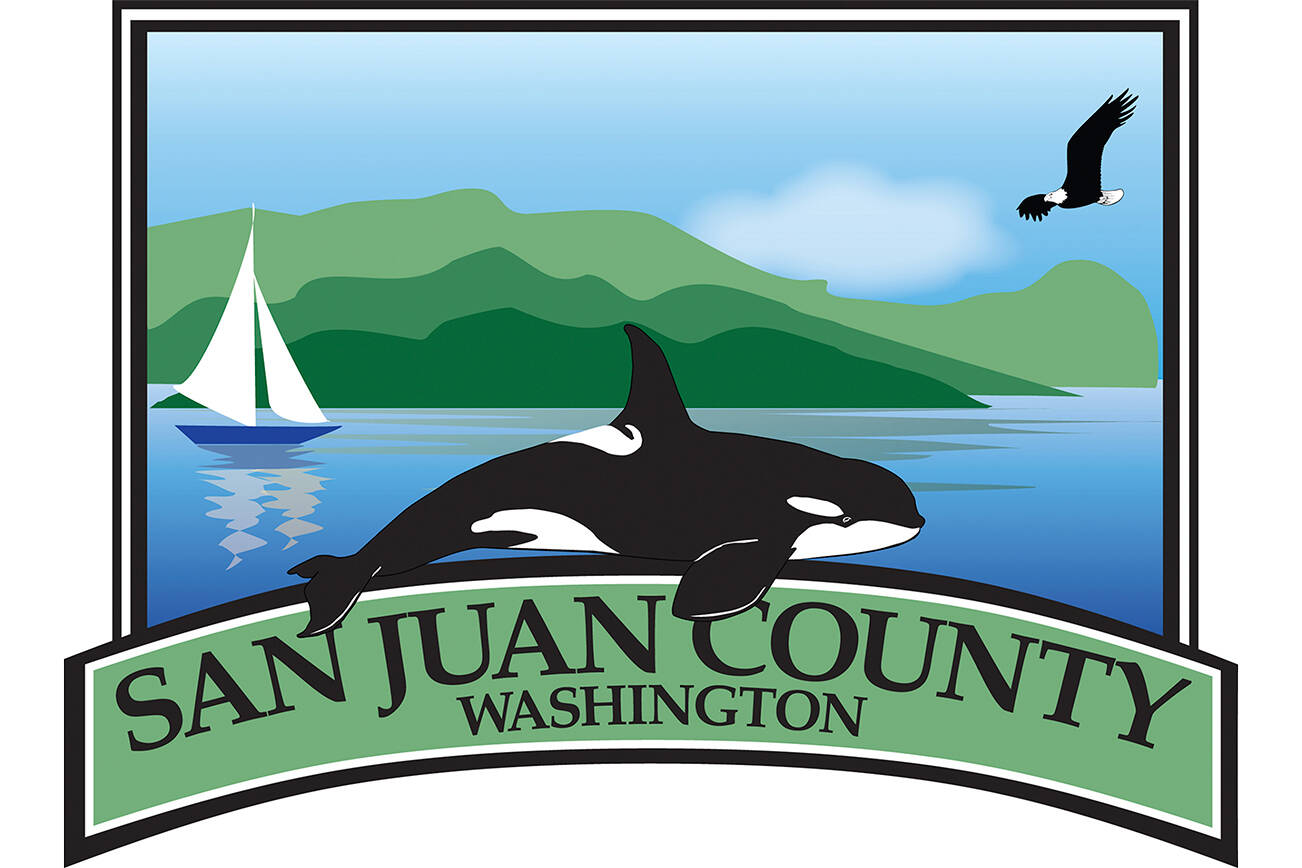A cap has been proposed on vacation rentals in San Juan County at the current 650 county-wide.
Of that 650, Orcas has the most vacation rentals, 334, San Juan is second with 224, and there are 85 on Lopez. The only other ferry-accessible island, Shaw, does not allow any vacation rentals. A public hearing was held on Feb. 18 by the Planning Committee to discuss this cap under San Juan County code 18.40.275.
The meeting was led by Sophia Cassam, a planner with the Department of Community Development to address findings and receive public testimony regarding the Oct. 15, 2021 recommendation of a cap on vacation rental permits.
During the meeting, Janet Alderton, president of Friends of the San Juans, pointed out that the uprising against short-term rentals started on Orcas. “It started on Orcas for a reason,” she said. “And that’s because the prevalence of short-term vacation rentals on Orcas Island as a proportion of the population is much higher than for other islands. So the impacts were felt earlier.”
The moratorium on vacation rentals was enacted on Jan. 13, 2021, and modified on March 9, 2021. This keeps vacation rental permit applications from being accepted in urban growth areas on the island. Those who illegally advertise a vacation rental will be fined $2,300.
Vacation rentals are still required to annually submit a certificate of compliance to the Department of Community Development, even if the permit is not active. This is submitted online through the County’s Online Permit Center.
The rentals are also still not allowed in natural shoreline designation, conservancy shoreline designation, agricultural land use designation, forest resource land use designation, owner-builder exempt structures, structures connected to the town of Friday Harbor water system, structures other than a single-family residence or accessory dwelling, or boats, tents, vehicles or unpermitted structures.
Many testimonies were made during the meeting. Toby Cooper of Orcas, stated that the most common of the public comments he has heard on this issue is, “Enough is enough. Save our island,” demonstrating how concerned residents are about the housing crisis. “Emotions run high,” he continued to say of the situation.
Noris Palmer stated that “All referenced pain has been anecdotal only. Actual factual data must be gathered and evaluated.”
Vicki Leimback came into the meeting with comments that broadened the scope of the issue, explaining that it is not just vacation rentals that are an issue, but second homes as well. Second homes are often left vacant for the majority of the year, she said, adding that “Vacant homes account for 40% of our housing stock in San Juan County.”
Leimback said this issue is partially responsible for the growing wealth disparity in the community- more so than vacation rentals.
“Limiting the amount of short-term residents limits the ability of locals to support themselves,” Leimback stated.
The planning committee also listened to complaints of tourists disrespecting the local environment and community. However, Steve Smith Planning Committee member on Orcas, said that judging tourists is subjective and that obnoxious tourists pass through quickly while obnoxious locals remain long-term. Smith pointed out that the local economy dependents on visitors.
The testimonials were added to a revision of the drafted findings.
On Sept. 17, 2021, the planning committee agreed on these major findings: 1. Housing is difficult to find in the islands. 2. Growth in vacation rentals leads to an increase in rent price. 3. County realizes the financial benefits of vacation rental owners and wants to support those who are compliant with county code. 4. All existing rental permits won’t be impacted by the rental cap.
The revised list reads as follows: San Juan County Code 18.04.275 regulates vacation rental of residences or accessory dwelling units (vacation rentals) but does not include regulations that address the impact of concentration of vacation rentals or the impacts of tourism. Vacation rentals consist of transient occupants who are not residents in the community long enough to establish relationships capable of building community. Concentrations of vacation rentals negatively impact the sense of neighborhood or community as transient occupants begin to outnumber residents. Vacation rentals are the primary source of growth of transient accommodations in the county. Other sources of transient accommodations such as hotels, campgrounds, and resorts are significantly limited by existing land use regulations. The growth of transient accommodations is likely to result in additional tourist visits to the islands, which may result in negative impacts if not properly regulated. It is appropriate to evaluate the impact of vacation rentals on the environment, neighborhoods, and the community. It is necessary to explore local regulations of vacation rentals to ensure that the county adequately addresses potential land use compatibility issues and adverse impacts to rural character, natural resources, and the public welfare. Existing compliant vacation rental permits remain valid and are not affected by caps.
The list will now be passed on to county council, where it will be revised three more times before a public hearing is set.




